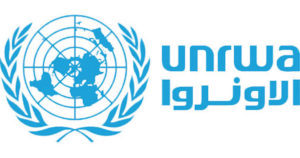December 1952 Arab Refugees
 The Report of the Director of UNRWA to the Seventh General Assembly:
The Report of the Director of UNRWA to the Seventh General Assembly:
“The quality and quantity of the basic ration has been maintained in the face of increasing recognition of the need for reducing relief costs; as a result, the nutritional status of the refugees has continued at a satisfactory level… The daily basic ration consists of 1,595 calories during the winter and 1,521 calories during the summer. In addition to the basic ration, 1,200 grammes of dry skim milk are issued monthly as a supplement to 380,000 refugee children and nursing mothers and 1,200 grammes monthly of dry whole milk to 20,000 infants and hospital patients.”
“About one third of all the refugees are living in sixty organized camps that vary in size from a few hundred to over 20,000; the other two-thirds live scattered among towns and villages of the host countries… Broadly speaking these camp inhabitants represent the poorest and therefore most unfortunate of the refugees, and yet in many ways they are better off than those who have found their accommodation in towns and villages. The camp dwellers have rent-free shelter and are given fuel. Constant medical care is provided at an easily accessible clinic; sometimes maternal and child health clinics exist as well. Cases of undernourishment are given supplementary feeding. There are often clubs and sport facilities and shower baths. There are regular campaigns against flies, fleas, lice and malaria mosquitoes. Moreover, where the camp is not in town, there is always the possibility of making a vegetable garden (for which seeds are often provided) around the tent.”
Source: Arab Refugees. (p. 20-21)



